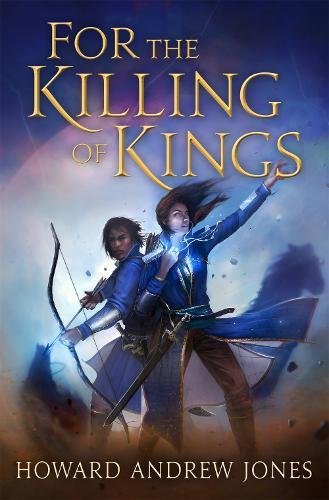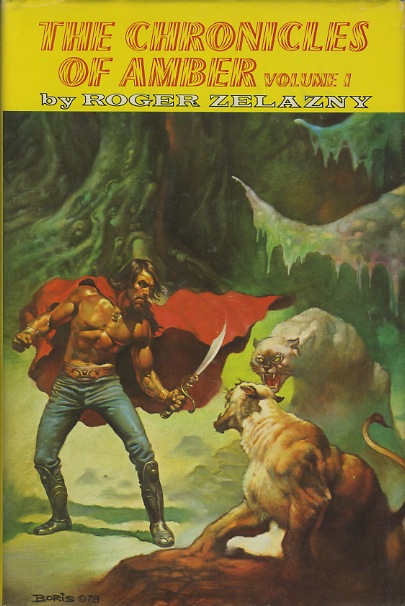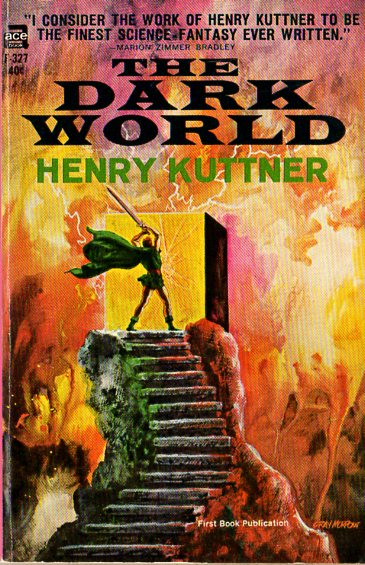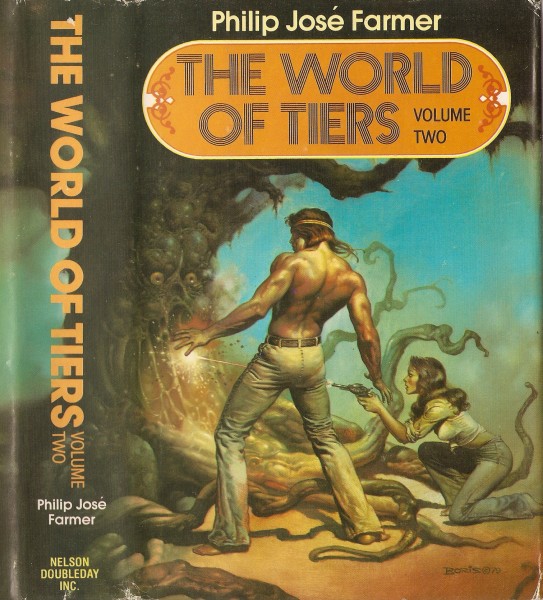 Howard A. Jones’ For the Killing of Kings is a fairly recent fantasy novel. I have known Howard for around 23 years when he first contacted me. I was the Official Editor of the Robert E. Howard United Press Association at the time and he told me he wanted to be to Harold Lamb what Glenn Lord was to Robert E. Howard. He succeeded as Harold Lamb’s fiction was reprinted by the University of Nebraska in time.
Howard A. Jones’ For the Killing of Kings is a fairly recent fantasy novel. I have known Howard for around 23 years when he first contacted me. I was the Official Editor of the Robert E. Howard United Press Association at the time and he told me he wanted to be to Harold Lamb what Glenn Lord was to Robert E. Howard. He succeeded as Harold Lamb’s fiction was reprinted by the University of Nebraska in time.
Howard is also a writer. He started out in the small press and made the leap to novels in 2011. For the Killing of Kings is the first in his Ring-Sword Trilogy.
Asrahn the Master of Squires discovers the famed sword Irion, wielded by the deceased champion, N’lahr on display is a forgery. The squire Elenai is a witness for Asrahn who determines to subtly find out what is going on. Before you know it, Asrahn is murdered and Elenai is on the run as an inconvenient witness. With Kyrkenall the archer, they embark on discovering a conspiracy on what really happened to N’lahr seven years before when the Naor hordes were almost broken. The sword Irion is the McGuffin.
There is adventure and skullduggery in this book. The conspiracy goes right to the top and noble characters are deceived with lies as they pursue Elenai and Kyrkenall thinking they are traitors.
Having known Howard Jones for years, I could pick out inspirations. Howard likes Gold Medal hardboiled crime and western novels. The plot is like a tale of big city crime and corruption. The Naor horse leader is a barbarian steppe nomad leader you see again and again in Harold Lamb’s March of the Barbarians. He likes RPG, there is a dungeon crawl sequence.
There is an ensemble cast of characters with well-done fight scenes and battles. Also some creepy supernatural creatures along the way. The Altenerai are a professional soldier force that are also trained in some magic use. The hearthstone jewels that lie at the heart of the conspiracy can be used to magnify powers but also dangerous and not completely understood. This world has some non-human sentient beings in addition to humans.
After reading For the Killing of Kings, I sent a message to Howard regarding picking out influences. Something I totally missed is he told me this series is a love-letter to Roger Zelazny’s “Amber” novels. I read those in the summer of 1984 when someone gave me the two-volume book club collections. I knocked them off at the time in around two weeks. I remember a few vague things but little in detail so I had to go to Infogalactic and read the summary of the novels.

The Amber novels were a popular series 40 years ago. Avon Books kept them in print from the mid-1970s to the late 1980s. You could always find them at your local Waldenbooks or B. Dalton’s. If you met someone who read fantasy at the time, chances are they read Zelazny’s Amber books.
I was told that Zelazny was influenced by Henry Kuttner’s The Dark World.
From Infogalactic:
“…the Kuttner story which most impressed me in those most impressionable days was his short novel The Dark World. I returned to it time and time, reading it over and over again, drawn by its colorful, semi-mythic characters and strong action. …looking back, Kuttner and Moore—and, specifically, The Dark World—were doubtless a general influence on my development as a writer. As for their specific influences—particularly on my Amber series—I never thought about it until Jane Lindskold started digging around and began pointing things out to me.”

Maybe one should say Henry Kuttner and C. L. Moore’s The Dark World. Zelazny probably read the original appearance in Startling Stories (Summer 1946). Deuce Richardson said to me that Kuttner’s “Land of the Earthquake” (Startling Stories, May 1947) also is probably an influence. Supposedly C. L. Moore said in the 1970s that she wrote those science-fantasy novels by herself without Kuttner. The Dark World and “Land of the Earthquake” both have elements that remind me of the Jirel stories with the medieval setting. Henry Kuttner’s medieval was late 1930s Warner Brothers costume and back lot. A bit of synchronicity, Zelazny also mentioned Philip Jose Farmer’s “World of Tiers” novels as an influence on Amber. I happen to have a Book Club edition of those novels that also have a cover by Boris Vallejo that I saw as I pulled out the Amber books.

Having finished For the Killing of Kings, I can say I have watched Howard Jones grow as a writer from the historical setting of The Desert of Souls to the Pathfinder novel Plague of Shadows to his own world with Killing. I can imagine the action will be turned up in the second and concluding volumes in this series.
Please give us your valuable comment